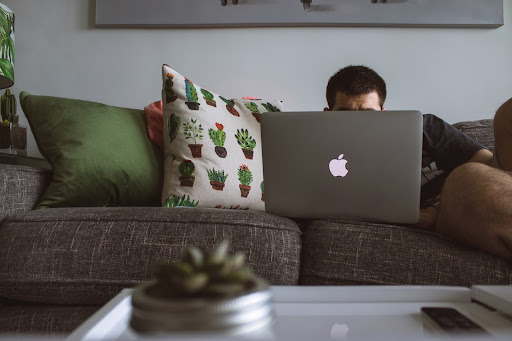The law is changing to reflect the significant changes in the working patterns and styles that have emerged during and since the pandemic.
Employers and employees alike are consistently choosing T.W.A.T (Tuesdays, Wednesdays and Thursdays) as their official days of choice for heading into the office. Even with this, it is still not as busy as pre-pandemic demonstrating the significant shift in working patterns.
The use of collaborative working space has also changed, previously it was mostly used by freelancers, sole consultants and small businesses. Now shared working spaces are used by teams of larger businesses and offer different types of areas in which collaborative working can be accommodated, nooks and crannies for confidential or silent work, booths for calls and different sizes of meeting rooms.
Research has shown that 1 in 5 people will not apply for a job which does not offer some form of flexible working. In a tight recruitment market employers are narrowing their recruitment options by not offering this as standard. Some people are not able to work unless there is a flexible option available due to caring or other responsibilities. Most importantly it is becoming evident that people are placing more value on the type of working environment, the diversity of people that they work with and personal opportunities than the traditional pay and reward model. So the culture of your business and the trust that you inherently place on your employees when they are working flexibly and or remotely is what is going to make the biggest difference if you are to recruit and retain the best.
This places more responsibility on middle managers to support, supervise and organise their teams. They need to be confident in the conversations that they have, be prepared to be more dynamic in their approach and accept that one size does not fit all, flexibility will mean different things to us all. The leaders in the business need to define the role of management, train the skills and behaviours in managers to be adaptable, supportive and encouraging.
